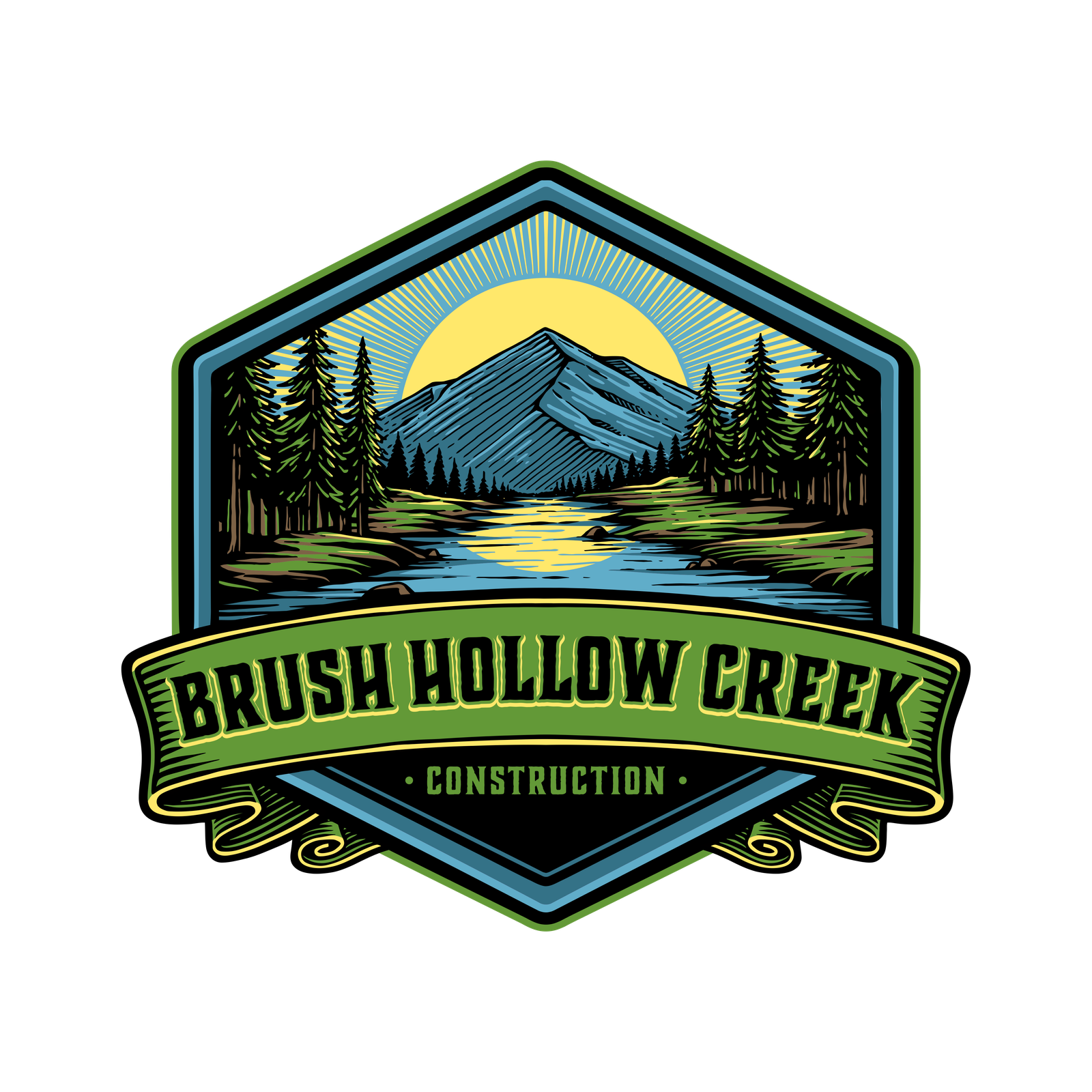Homeowners and businesses alike are searching for ways to reduce costs, conserve resources, and live more sustainably. One of the most impactful changes lies within something we use every day—our plumbing. Smart plumbing and energy-saving fixture options combine technology with eco-friendly design to save water, reduce energy bills, and enhance convenience. From IoT-enabled leak detection systems to tankless water heaters and low-flow faucets, these solutions are reshaping how we manage water in modern spaces.
This guide walks you through the latest innovations, their benefits, and practical insights into choosing the right upgrades for your property.
Why Smart Plumbing and Energy-Saving Fixtures Matter
The cost of water and energy continues to rise, and households often underestimate how much of their utility bills come from plumbing systems. In fact, heating water alone can account for nearly 18% of home energy use. Add in leaky faucets, inefficient toilets, or outdated heaters, and it’s easy to see why many homeowners are turning to energy-efficient plumbing solutions.
At the same time, environmental concerns have driven demand for sustainable building practices. Certifications like EPA WaterSense and LEED standards encourage smart water management while governments offer rebates for adopting eco-friendly plumbing solutions. These upgrades aren’t just about saving money—they’re about contributing to a greener future.
Smart Plumbing Technologies
IoT-Enabled Leak Detection Systems
Hidden leaks waste thousands of gallons annually and cause expensive damage. IoT-enabled leak detectors use real-time monitoring and predictive maintenance to identify abnormal water flow. Many systems connect to smartphones, instantly alerting users when a leak is detected. Not only does this save water, but it also prevents property damage—a smart investment for any homeowner.
Smart Irrigation Systems
Outdoor water waste is a huge issue, especially in dry regions. Smart irrigation controllers adjust watering schedules based on weather data and soil moisture. By preventing overwatering, these systems conserve water while keeping landscapes healthy. Integration with drip irrigation systems maximizes efficiency further.
Greywater Recycling Systems
Greywater systems capture lightly used water from sinks, showers, and washing machines, then recycle it for non-potable uses like toilet flushing and garden irrigation. Over time, this reduces freshwater consumption significantly. While initial installation costs can be high, long-term utility savings and environmental benefits make greywater systems an attractive option.
Energy-Saving Plumbing Fixtures
Low-Flow Faucets and Showerheads
A simple switch to low-flow technology can save thousands of gallons of water each year. By mixing air with water, aerators reduce flow rates without compromising pressure. Look for EPA WaterSense certified fixtures, which guarantee performance and efficiency.
Dual-Flush and High-Efficiency Toilets
Traditional toilets waste significant amounts of water with every flush. Dual-flush toilets offer users the choice between a partial flush for liquid waste and a full flush for solids. This simple upgrade can cut household toilet water use by up to 67%.
Motion-Sensor Faucets
Common in commercial restrooms but increasingly popular at home, touchless faucets improve hygiene while reducing water waste. The automatic shut-off ensures water isn’t left running accidentally, making them both convenient and cost-effective.
Energy-Efficient Water Heating Options
Tankless (On-Demand) Water Heaters
Unlike traditional storage heaters, tankless water heaters heat water only when needed. This eliminates standby heat loss and provides an endless hot water supply. While installation can be pricier, homeowners typically enjoy long-term energy savings and a more efficient system.
Solar Water Heating Systems
Solar water heaters harness renewable energy to heat water. While the upfront cost is higher than conventional systems, federal tax credits and rebates make them more accessible. Over their lifespan, solar heaters drastically reduce dependence on electricity or gas, offering sustainable and cost-effective water heating.
Heat Pump Water Heaters
Heat pump systems pull warmth from the surrounding air to heat water, making them one of the most energy-efficient appliances available. Ideal for basements or utility rooms, these heaters use up to 60% less energy compared to standard electric models.
Benefits of Smart Plumbing and Fixtures
- Lower utility bills – Reduced water and energy consumption directly impacts monthly costs.
- Environmental sustainability – Conserving resources lowers your carbon footprint and supports eco-conscious living.
- Smart home connectivity – IoT plumbing devices integrate with home automation systems, giving users more control.
- Durability and performance – Modern fixtures are designed for longevity, requiring less frequent replacement.
The combination of home automation and eco-friendly plumbing solutions creates both short-term savings and long-term value.
Cost vs. Long-Term Savings Analysis
While many hesitate at the upfront costs of smart plumbing installations, the long-term benefits are undeniable.
- Low-flow faucets and showerheads cost around $50–$100 but save up to 700 gallons per year.
- Dual-flush toilets range from $150–$500, with water savings paying back the investment within a few years.
- Tankless water heaters may cost $1,500–$3,000 installed but can reduce water heating costs by 30%.
- Greywater recycling systems and solar heaters are higher investments but deliver significant returns when paired with rebate programs.
Considering payback periods and lifecycle cost savings, these upgrades often become self-financing within a few years.
Challenges and Considerations
Despite their advantages, smart plumbing and energy-efficient fixtures come with some challenges:
- Upfront investment can be high, especially for systems like solar water heating.
- Compatibility issues may arise in older plumbing infrastructures.
- Maintenance and repair of IoT devices may require specialized technicians.
- Consumer adoption barriers, such as lack of awareness or perceived complexity, slow down wider acceptance.
However, with growing demand for sustainable technology and increasing rebate incentives, these barriers are becoming easier to overcome.
Future Trends in Smart Plumbing & Fixtures
The next wave of plumbing innovation combines AI and predictive analytics with eco-conscious design. Expect to see:
- AI-driven systems that forecast water demand and optimize use.
- Greater integration of plumbing with renewable energy systems such as solar and geothermal.
- Expansion of smart fixtures into large-scale commercial real estate.
- Higher adoption driven by stricter building codes and environmental certifications.
As technology advances, smart plumbing solutions will become more accessible, affordable, and mainstream.
Conclusion
The shift toward smart plumbing and energy-saving fixtures is more than a trend—it’s a necessity. By adopting low-flow fixtures, tankless water heaters, leak detection systems, and greywater recycling, homeowners can enjoy lower bills, greater convenience, and the satisfaction of supporting sustainable living.
The combination of innovation and environmental responsibility ensures that every drop of water and every unit of energy counts. Whether you’re building a new home or upgrading an existing property, now is the perfect time to invest in smarter, greener plumbing solutions.
FAQ Section
1. What are the most effective smart plumbing systems for homes?
Leak detection sensors and smart irrigation systems provide immediate savings and damage prevention.
2. How much water can low-flow fixtures save annually?
A family of four can save up to 16,000 gallons of water per year with low-flow faucets and showerheads.
3. Are tankless water heaters worth the investment?
Yes, they reduce standby energy loss, provide unlimited hot water, and often pay for themselves within 5–7 years.
4. What is greywater recycling, and is it safe?
Greywater recycling captures lightly used water for reuse in toilets or irrigation. With proper filtration, it is safe and highly efficient.
5. Do smart plumbing fixtures qualify for government rebates or incentives?
Yes, many states and utilities offer rebates for WaterSense-certified fixtures and energy-efficient appliances like heat pump water heaters.

